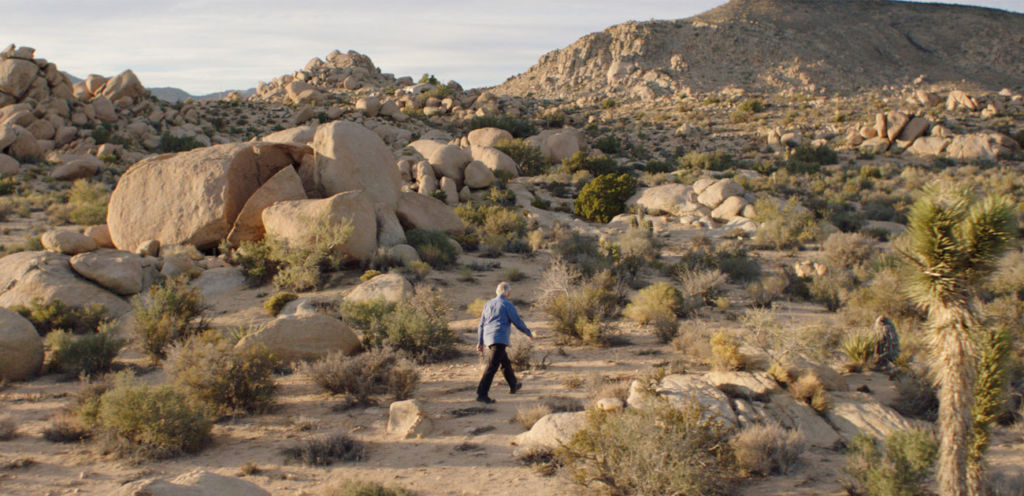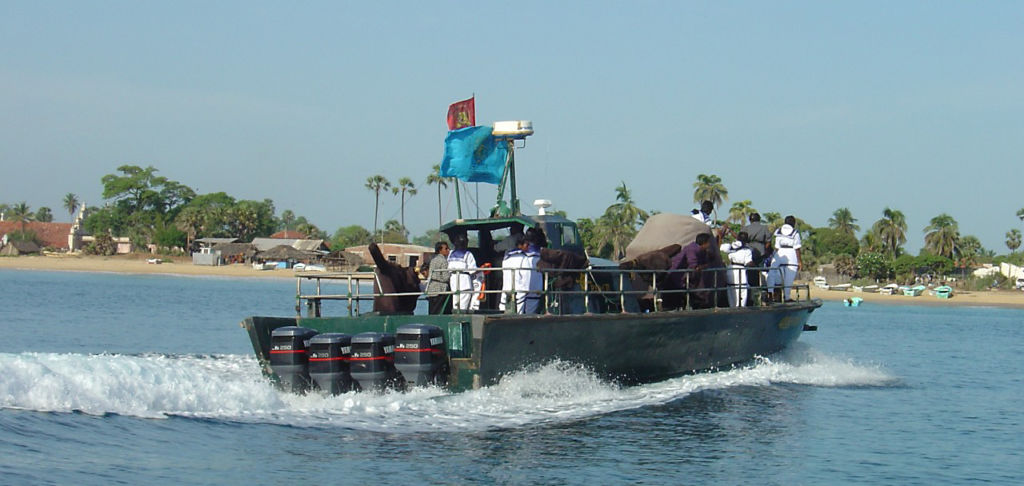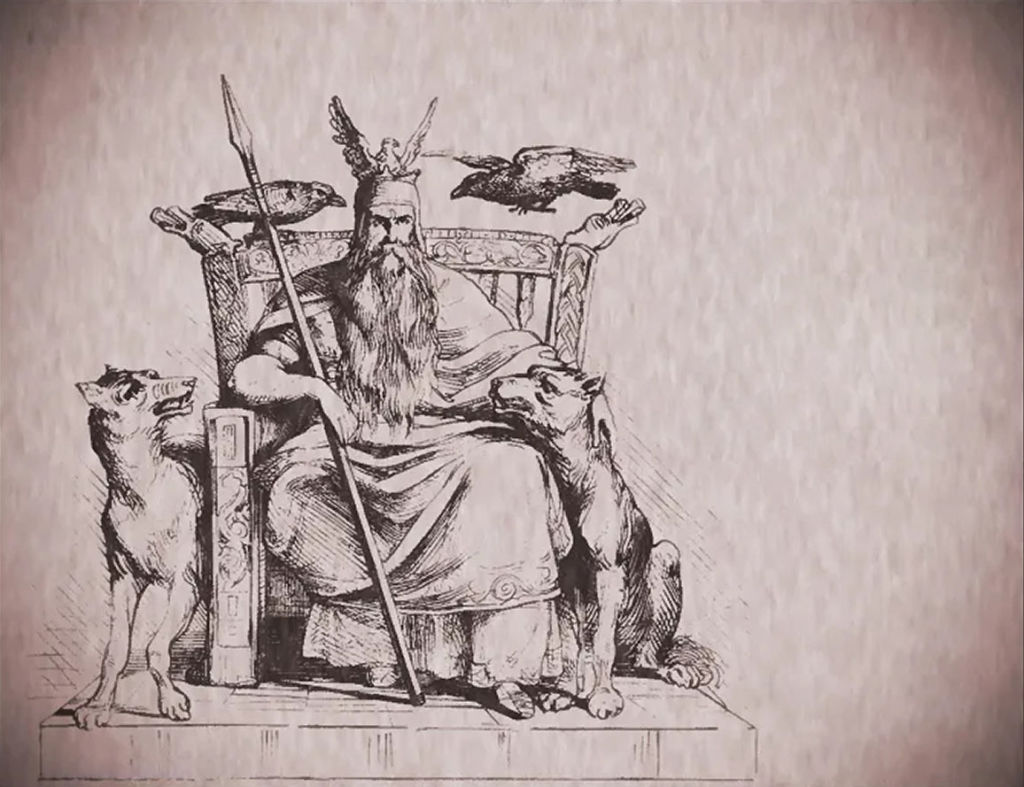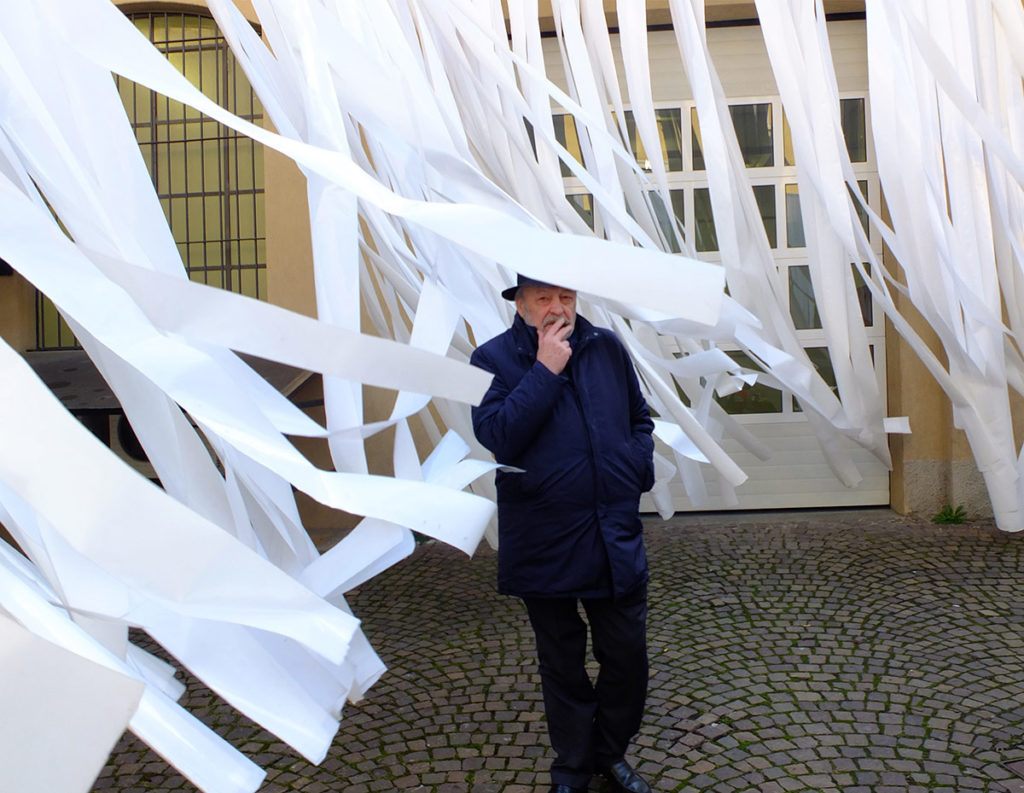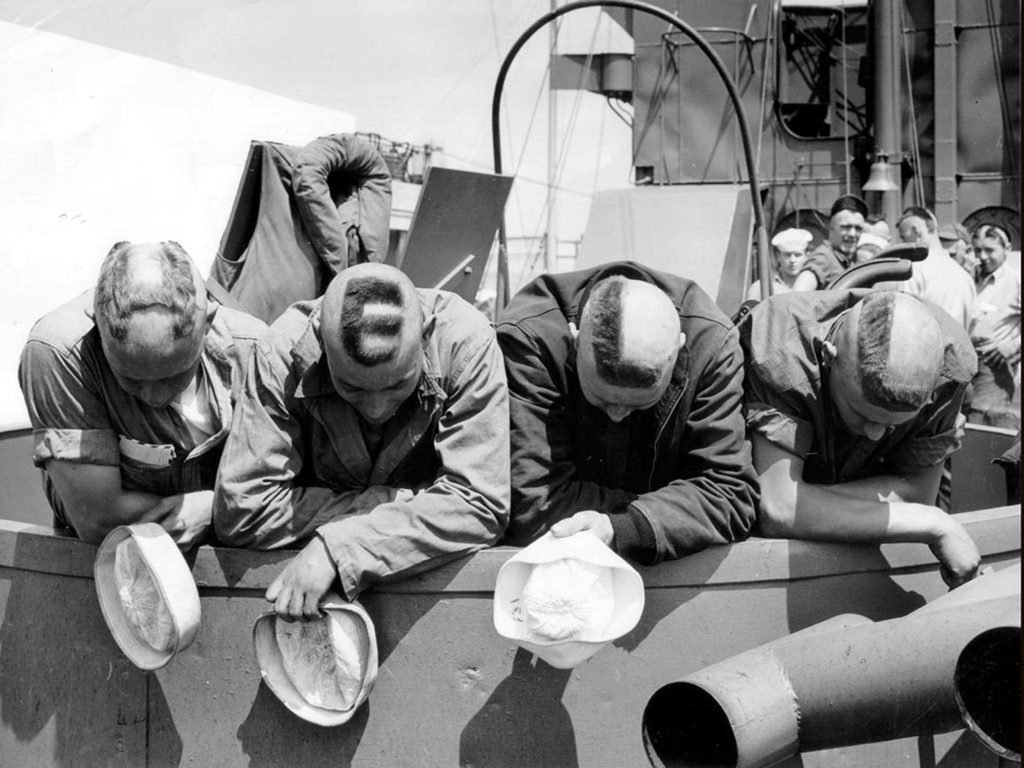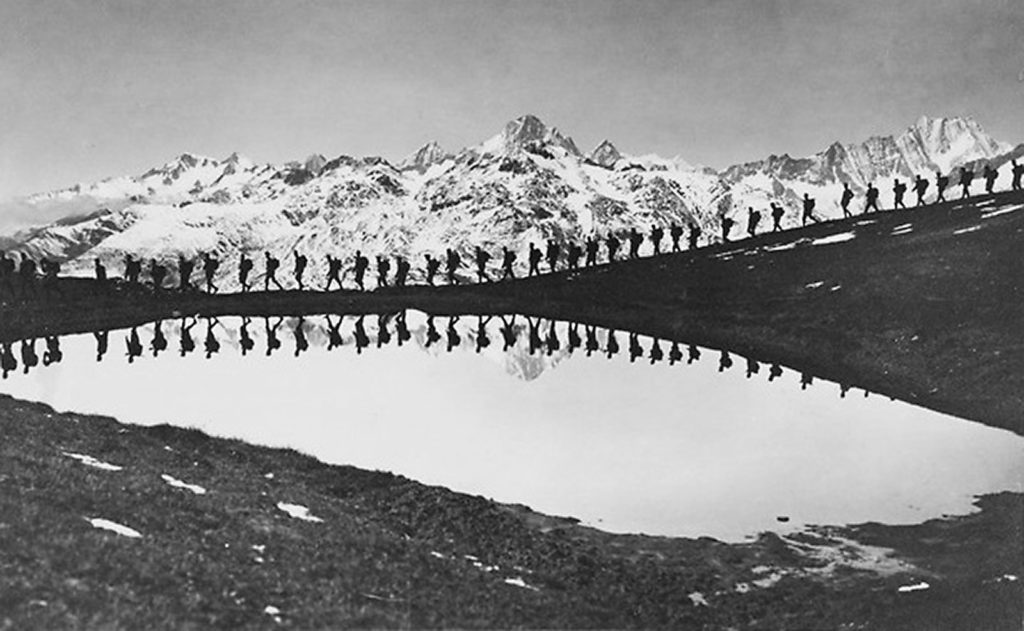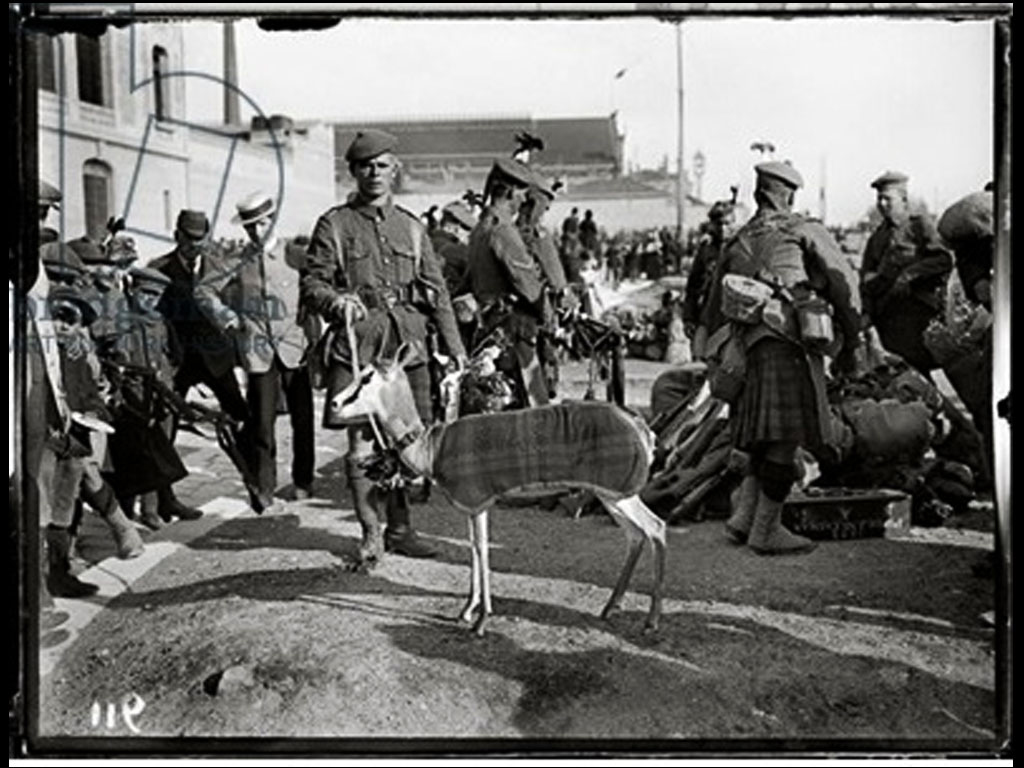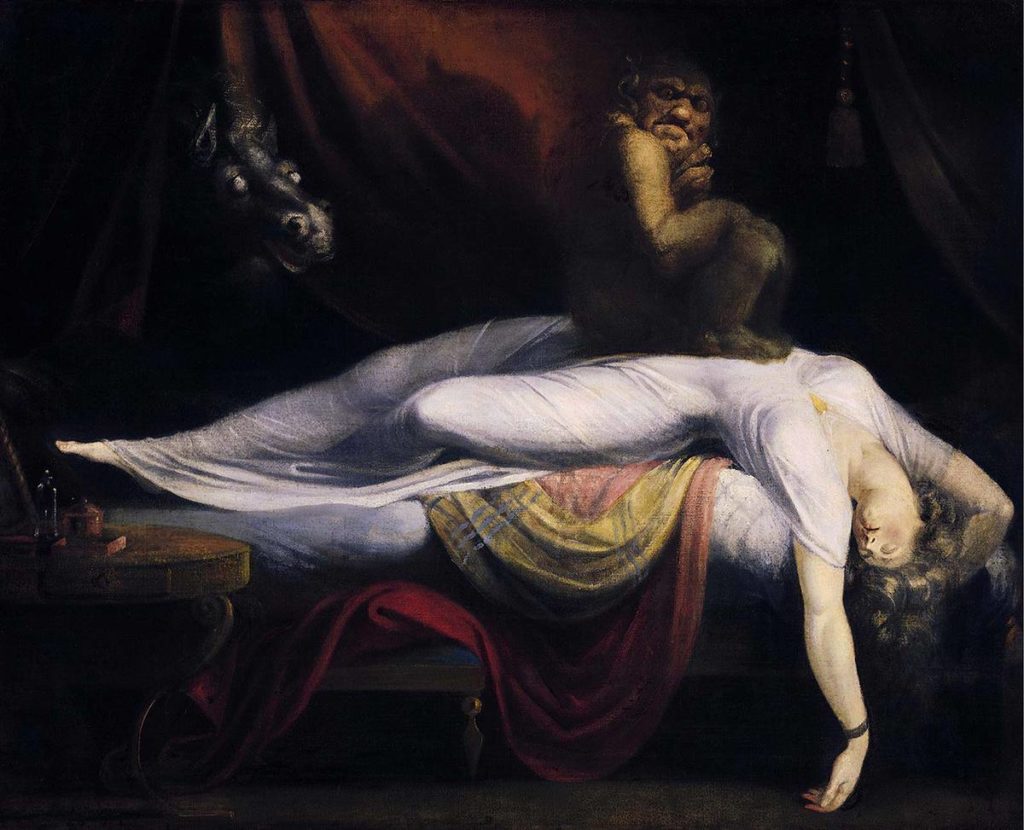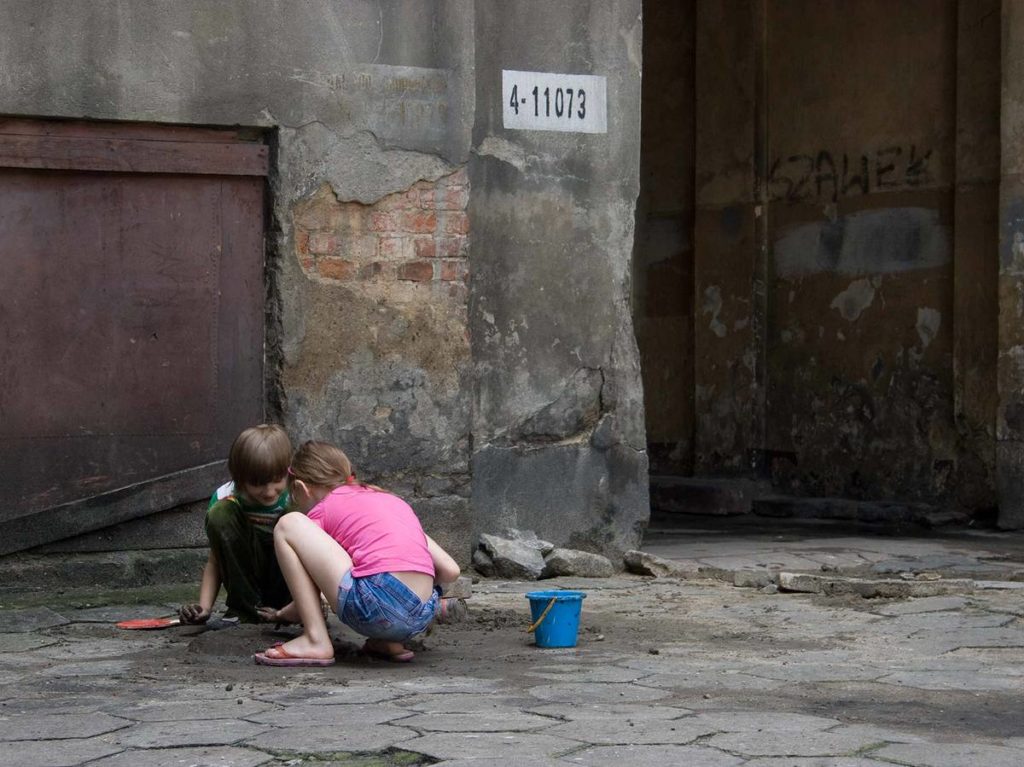Switch (on Paper): With this film, you were looking to “reveal the fictional aspect that reality can sometimes have”. It’s true that the story oscillates between fiction and documentary. You also say that you started the film without knowing what you might discover, and that it was practically made through the process.
Pierre Bismuth: The initial idea was to test an unusual process that would allow me to make something resembling fiction without knowing the film’s content in advance. Basically, it meant pursuing real actions as they unfolded, while doing everything technically possible in the shoot to make it seem as though the action was predetermined.
It was especially interesting and fun because the film is about an investigation, and we were well aware that our search might very well lead to nothing. For me, the result of our search was actually of little consequence.
Switch (on Paper): In 2005 you received an Oscar in Hollywood for your contribution to the screenplay for Michel Gondry’s Eternal Sunshine of the Spotless Mind. At the time, you told us you were impressed by the conditions for writing the film, the intense pace and frenetic need to invent. Did this experience influence the preparation for Where is Rocky II? And also, did that Oscar help you to secure funding for what is a rather ambitious film, in terms of production?
Pierre Bismuth: I never worked with Charlie Kaufman and Michel Gondry on Eternal Sunshine, I only sold them a page of synopsis that I’d written on my own. The inventive working sessions in question were other moments when Michel Gondry and I would meet, irregularly, to brainstorm without any specific goals and without intending to turns things into a film.
On the other hand, what did help me a lot while working on Where is Rocky II? is my experience as an artist and being used to developing specific working methods. Or to put it another way, my filmmaking inexperience and the fact that I knew nothing about directing. Which could have led to some serious problems, actually, because working with a film crew, it is precisely to follow predetermined procedures, established precise protocols that the entire team knows by heart, allowing everyone to work fast, efficiently, without having to rethink and discuss every step. Which is basically the “industrial” aspect of filmmaking.
That part of the work is what really interested me, because I quickly realized how fundamental it was to know when to let yourself be carried by the standards procedures, and when it might be necessary to suggest something less conventional.
The Oscar certainly allowed us to grab certain people’s attention during the project’s introductory phase. But I wouldn’t be able to say how it helped us on the financial level, you would have to ask the producer. However I did learn later on that many people from the Los Angeles art scene decided to contribute solely because I was an artist, and they would have had never contributed if I had been just a film director, even with an Oscar.
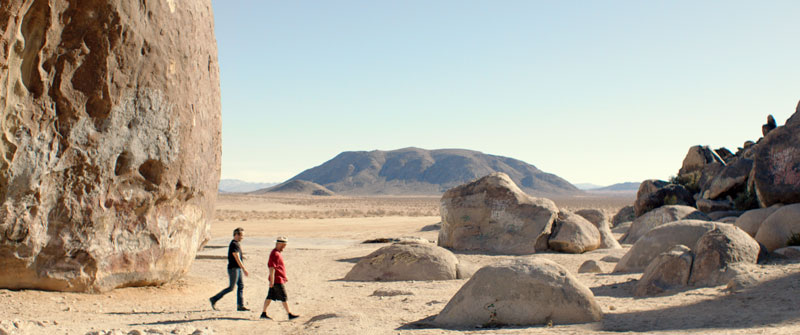
Pierre Bismuth, still from the film Where is Rocky II?, screenwriters DV DeVincentis and Anthony Peckham in the Mojave desert.
Switch (on Paper): It’s rather rare for someone from the fine arts to use tricks from mainstream cinema in a film. By which we mean melodramatic music, ellipsis, or certain iconic clichés (deserts, long roads, sunsets…), and Shot Reverse Shots often used in typical Hollywood blockbuster dramaturgy. Especially how, on two or three occasions, the telephone is used to intensify the story, like a wink to certain masters of suspense.
Pierre Bismuth: I’m not so sure it’s true that fine artists don’t use certain conventions from commercial filmmaking. But if that’s the case, it may simply be because they don’t work in that context. Here, on the contrary, we were precisely in the commercial context of a commission, that is, of a film producer who wanted to make the movie for international distribution, theatrical and television release and for a non-specialized audience. I certainly would not have made the same movie if the commission had come from a museum or an art center, as part of an exhibition for a more specialized art audience.
The Shot Reverse Shot was used for very practical reasons. Since we were shooting non actors who were left to dialogue freely, without any time limit, the only way to keep the spontaneity of the dialogues while being able to edit them, was to use two cameras at the same time. So we could edit and easily reduce to 2 or 3 minutes dialogues that were initially 50 minutes long. It is this technical imperative that determined the use of Shot Reverse Shot.
The same goes for the telephone conversations, which were not simulated, they were real. Most of the time, they were necessary because we couldn’t get both people together in the same place. The protagonists really were talking to one another for the first time and the people contacted by the detective had no idea what the conversation was about before it took place. These scenes were also shot with two cameras of course, one at each location.
As for the music, that was definitely used to add drama to moments of reality and turn the documentary into fiction. That’s why I say the movie is a “fake fiction”. Aside from the fact Ruscha’s piece “Rocky II” naturally prompted the “true/false” dialectic, it seemed to me that by trying to make reality look like fiction, it would reveal, in a much more interesting way the very subtle and complex features of reality itself. More so than in a straightforward documentary – which I was not interested in making – or a hyper-realist, naturalist kind of fiction – which I would have been totally incapable of, anyhow.
Switch (on Paper): Is that why your movie opens with a quote from Ed Ruscha: Hollywood is not a place but a verb. You can Hollywood anyone and anything.
Pierre Bismuth: Exactly. And once again, because the excuse for making this film was to find an artificial, fictional object hidden in the real world, the film’s entire dynamic built itself along this axis of fiction/reality. The principle really was to “de-realize” the real. Underneath it all, I was probably trying to combine the spontaneity, self-evidence and unexpectedness of life with the synthesis and determination of something written. The fact that contingent elements could be seen as predetermined, is an idea that always fascinated me, ever since my earliest works, and “Where is Rocky II?” is certainly its most fully realized form.
Switch (on Paper): There’s an extremely significant scene at the end where images from a 1976 documentary on Ed Ruscha, directed by a certain Geoffrey Haydon for the BBC (which according to our research does indeed exist and is conserved at the British Film Institute), crossfade with images you shot in the desert as characters passed through the exact the same spots in their search for Ruscha’s piece. This technique, however, comes straight from experimental cinema, a simple DIY effect that is nevertheless beautifully effective.
Pierre Bismuth: That scene echoes a question I was asking myself then: if we find the spot that was in the 1976 BBC documentary, will we be able to recognize the place that was filmed 40 years ago? It actually wasn’t so easy because nature has changed, new paths have formed.
Anyway, as we indeed find the spot were Ruscha’s piece might have been, I thought it was important for the audience to understand that the detective succeeded in his mission. The simplest way to make this clear was to film the detective’s car driving through the exact same landscapes as in the 1976 documentary, in which we see Ed Ruscha’s car driving through that very same point in the desert.
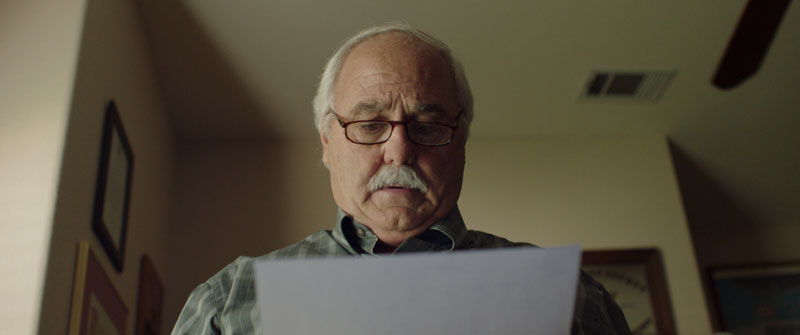
Pierre Bismuth, still from the film Where is Rocky II?, detective Michaël Scott searching for Rocky II
Switch (on Paper): The film also works thanks to the convincing characters of the detective and the main witness, Jimmy Ganzer, who is said to be the model for the nonchalant hero in The Big Lebowski. Both, Ganzer and the detective are a bit clumsy, out of it, there’s nothing flamboyant about them, however their mischief and disillusioned mindset allow us to take distance from the subject.
Pierre Bismuth: The detective is indeed very good. He was casted from a large pool of nearly 40 detectives. In fact, I have only chosen 4 people in the film: the detective and the three screenwriters. All the other characters are the fruit of chance encounters or interactions that the detective wanted to have. Jim Ganzer is one of them and in my opinion he really elevates the film. The anecdote about Jim Ganzer and the Dude in The Big Lebowski seems true as apparently the Coen brothers based this character on 3 or 4 different existing people, including Jim Ganzer. I would be happy to ask them about it one day (if they remember).
Switch (on Paper): The ghost of Dennis Hopper lingers throughout the whole film, not only because he was friends with Ed Ruscha, but also because he embodies the legends and phantasms of Hollywood. When you think of Hopper, you think of the psychedelic California of the 1960s. This psychedelic mood is indirectly alluded to with Jimmy Ganzer, an aged surfer who seems to have tried everything, but especially with the three “real” screenwriters who rewrite their scripts while under Ritalin, a stimulant that develops creativity. In the end, isn’t the story just a psychotropic mirage, considering how the desert is also a place of mirages?
Pierre Bismuth: Hopper died in 2010, otherwise we clearly would have tried to have him in the film in one way or another. Keeping with this idea of creating a kind of UFO crossover between the film industry and high art, we even approached Sylvester Stallone. But his son passed away just as we were beginning to shoot.
As for the psychedelic vibe, that’s quite accurate. After meeting Jim Ganzer, we planned to go more in the direction of what might be called a “stoner film”, because Jim smokes a lot of pot. He grows it, smokes it and also uses it to make lotion for his arthritis. Unfortunately, he didn’t feel comfortable with the idea of showing himself smoking on screen.
Switch (on Paper): Ed Ruscha is known for his images of the California landscape, paintings or mundane photos of gas stations, buildings or palm trees. And yet these images are what have shaped the Californian myth. They’ve become part of the real or imaginary iconography of an entire culture. Whether true or not, you seem interested in one of the artworks that is the antithesis to all imagery, in that it is entirely invisible. Jimmy Ganzer even ends up expressing his doubt. “I don’t think it’s a piece of art”, he says at the very last moment.
Pierre Bismuth: The search for this piece of art was just an excuse to make a movie. Ed Ruscha himself, it seems to me, understood well that this film has nothing to do with him or his work. There is not a single moment when we try to present his work or explain his pieces. Jim Ganzer was completely right to wonder about this piece’s artistic value, since it may not even be an actual piece but a kind of ploy created by Ed Ruscha when they began to shoot the BBC documentary. Which is something I didn’t realize as I started my own shoot and only understood little by little as the investigation unfolded, and practically at the same time as Jim Ganzer made his statement.
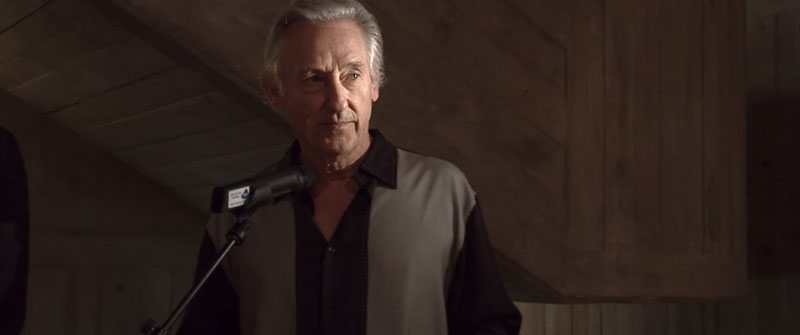
Pierre Bismuth, still from the film Where is Rocky II?, Ed Ruscha at the Hayward Gallery press conference in 2009
Switch (on Paper): The film opens with a quick question that you ask Ed Ruscha during a press conference for his retrospective at the Hayward Gallery in London in 2009, where you pretend to be a journalist. You ask him if he could reveal where Rocky II is located. He seems surprised that you even know this piece exists, and confirms that it is out there but refuses to provide any further information. According to the detective’s reasoning, Ruscha would be the last person to interrogate. Did you contact him anyway after that furtive exchange?
Pierre Bismuth: There was no contact after that little scene at the Hayward. From 2012 to 2016 he never tried to get in touch with me, nor I with him during the shoot because I was too afraid he would give me information about the piece, whereas I really needed the detective to do his job. Anyway, the detective basically explained that it was important we contact as many witnesses as possible before Ruscha realizes we’re looking for his piece. So it wasn’t until January 2017, when the film started to make the festival rounds, that I asked Ruscha for an interview. It seems he liked the movie and we had a very nice conversation in his studio. Here are some of his answers regarding the piece hidden in the desert:
Pierre Bismuth: May I ask you a few questions about Rocky II, or do you want to keep it mysterious?
Ed Ruscha: I don’t really have much to say about it. Except that we produced it, and originally it was a functional object. To basically hide something in, out in the country. So, that’s what started it off. And luckily, I knew Ganzer, and he knew how to make things out of fiberglass.
PB: But you decided to present it in the BBC documentary? It’s not only a functional object, you also decided to present it, and put it into action as being your artwork. Or was it Geoffrey Haydon, the documentary film director, who decided it was interesting to shoot the rock?
ER: It was all underway, and he had a notion to make a film about my work, and that was part of it.
PB: But you could have said, “This is not my work! shoot something else!”. So you might have thought it was funny to present the making of the rock as part of your work.
ER: Well, if he wanted to call it my work, I was ready to say, “Yeah, okay I did it.” So… I kept a loose idea about it, and they just went on from there.
PB: It is not so difficult to understand how unpleasant it can be to expose oneself to the camera while working on something one does usually privately. Could it be that the making of the rock was also the opportunity to avoid exposing yourself working on a painting?
ER: At the time I may have fancied myself crafting a “sculpture”, something I had never done. So, the rock, as a three-dimensional shape, presented itself to me as a dumb, clumsy object and I liked that outcome. I always remember the term “dumb as a rock”. Its function, to anyone else, could have remained a mystery.
The interview fragment between Ed Ruscha and Pierre Bismuth is an excerpt from an interview conducted in Culver City on January 17, 2017. The interview will be published in its entirety in the collective publication Ed Ruscha: Histoire(s), to be released by JRP/Editions in autumn 2020.
Where is Rocky II? is produced by The Ink Connection, managed by Grégoire Gensollen and Xavier Gens. The film was broadcasted on Arte ZDF in March 2019 and released in theaters exclusively in Germany from October to December 2016.
Pierre Bismuth will have a solo exhibition at Centre Georges Pompidou (Paris) Niveau 4 – Galerie 0 – Espace prospectif, around September /October 2021.
Translation by Maya Dalinsky
Cover picture: Pierre Bismuth, still from the film Where is Rocky II?, Detective Michael Scott searching for Rocky II in the desert
